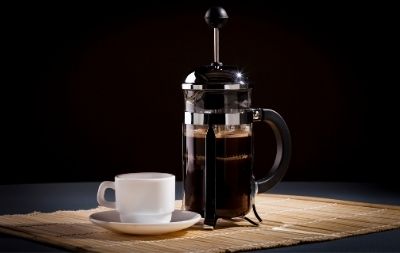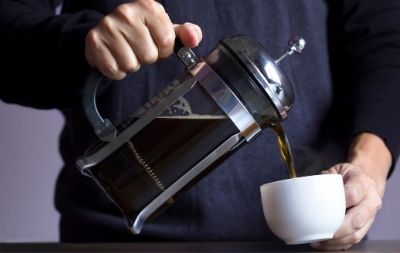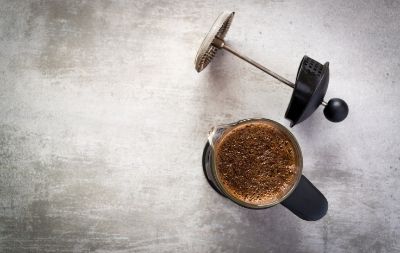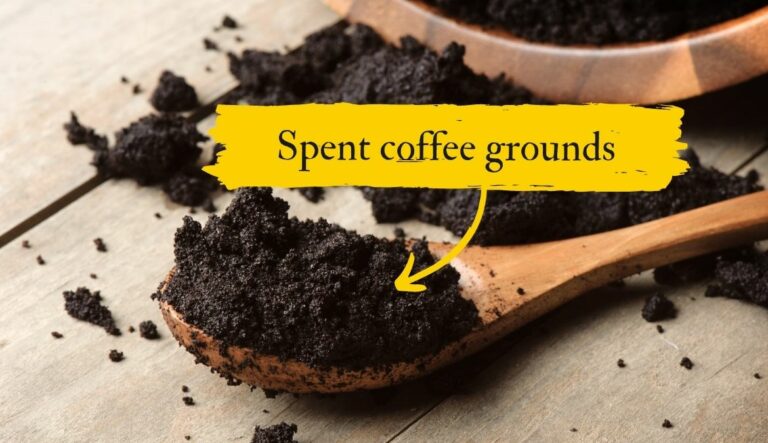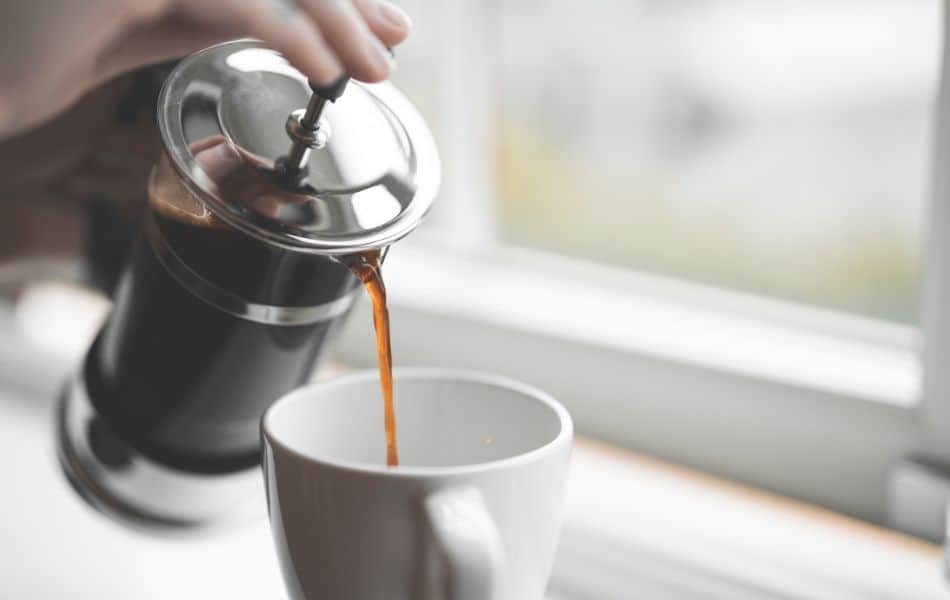
I was enjoying a rich and bold French Press coffee recently and it made me wonder if the strong coffee taste meant there was more caffeine as well. I did a bit of research on French Press caffeine content to find out. Here’s what I discovered.
Does French Press have more caffeine? Yes, French Press has up to 54mg more caffeine than drip coffee. In total, it has between 100-134mg of caffeine per 8 ounce cup, while drip coffee has between 80-100mg. This is mainly due to French Press having a longer brew time.
Read on to learn why a longer brew time causes a higher caffeine content in French Press coffee and why other coffee styles have less caffeine.
Longer brew time increases French Press caffeine content
The longer brew duration of French Press allows the grounds to extract more caffeine into the coffee. This is because French Press is an immersion method. Meaning, the coffee grounds are submerged in water throughout the entire brew duration.
A typical brew duration for French Press coffee is 4 minutes. However, caffeine extraction continues to occur after a French Press has been poured because fine coffee grinds pass through the plunger screen and into the final beverage.
This is different from drip-style brewing where almost all of the coffee grounds are filtered out of the final beverage so not further extraction can occur.
Other methods of coffee making, such as drip coffee, pour water over grounds briefly before it’s filtered into a carafe. With a drip method, the coffee grounds do not brew for as long as French Press, which results in a lower capacity to dissolve caffeine into the beverage.
Drip coffee has uneven caffeine extraction
In addition to the reduced brew duration, many drip-style coffees do not allow all of the grounds to make contact with the water throughout the entire brew duration.
For example, the grounds near the top of the funnel in a drip coffee machine will extract caffeine at a slower rate after the water has filtered through to the grounds below. Therefore, even if drip coffee takes an equal 4 minutes to brew, the grounds are likely not extracted as fully as they are in a completely immersed French Press carafe.
Grind density does not increase French Press caffeine content
Another key difference between French Press and most other styles of coffee is the grind density. French Press famously requires a rather coarse grind. This means the beans are more loosely ground and have larger pieces.
Surprisingly, coarse coffee grounds actually extract caffeine at a lower rate than their finely ground counterparts. This is because they have a smaller surface area.
Think about it:
A whole coffee bean has a smaller surface area than a bean that has been cut into several pieces. The inner sides of the cut bean are now exposed in addition to the exterior.
When coffee grounds have a greater surface area, they make more contact with the water and dissolve more quickly. This causes more flavor and caffeine to enter the coffee.
This would make you think that French Press coffee has a lower caffeine content due to a smaller coffee ground surface area. However, the lower caffeine extraction rate in French Press grounds is counterbalanced by its long brew duration.
Coffee types that have more caffeine than French Press
There are a few coffee styles that have more caffeine than French Press.
Espresso has more caffeine per ounce due to fine grounds
Espresso has a much higher concentration of caffeine due to finely ground beans that more quickly extract caffeine. This is due to there being a larger surface area.
Pour over coffee often has more caffeine due to higher water temperature
Pour over coffee typically involves using water as hot as 205°F or 96°C, which is a little hotter than what most drip coffee machines are capable of maintaining. This increased water temperature more quickly extracts flavor and caffeine from coffee grounds.
Therefore, pour over coffee is often among the more highly caffeinated coffee styles. However, studies have shown that the caffeine content in pour over coffee and French Press is pretty similar. But pour over could certainly have more depending on how it’s brewed.
Cold brew has more caffeine due to longer brew time
Cold brew uses an even more coarse grind than French Press but brews for much longer. This results in cold brew having as much as 3 times as much caffeine as French Press.

